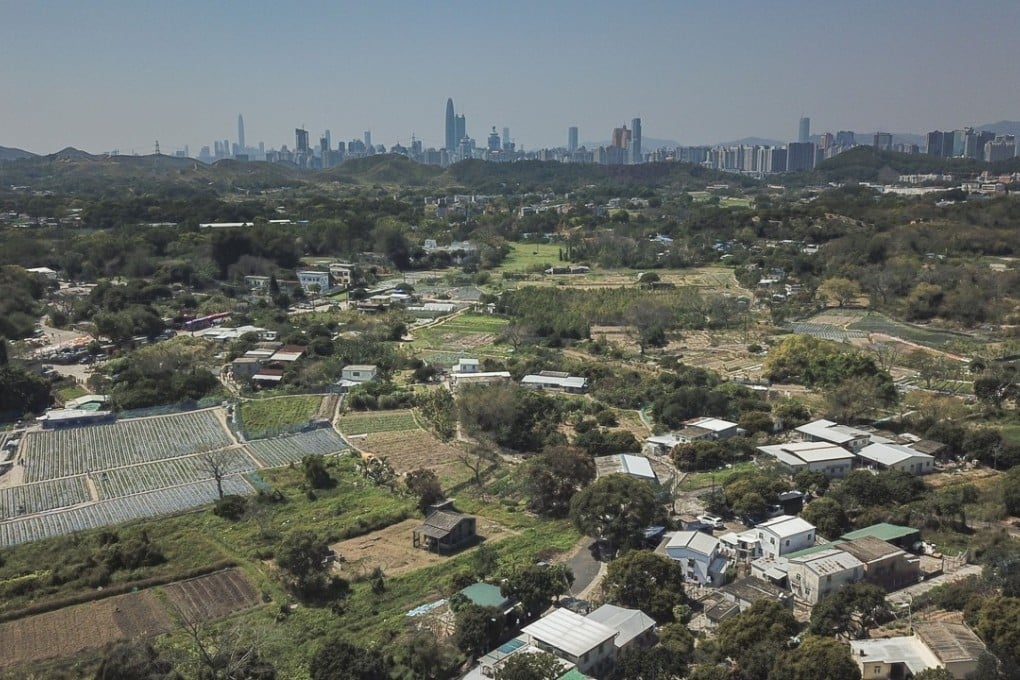Advertisement
Hong Kong is starved of usable land, and New Territories North offers real hope
Lucy Kwan and Wong Yat Chun say Hong Kong’s chronic land shortage is at the root of most of its socio-economic problems, meaning development of New Territories North is essential for more than just housing
Reading Time:3 minutes
Why you can trust SCMP

The land shortage is the root of most socio-economic problems in Hong Kong, leading to high property prices, expensive rents and less competitive products or services in some industries. It contributes to de-industrialisation, lack of industry diversity, a poorer living environment, developer hegemony and widespread pessimism.
Advertisement
Chief Executive Carrie Lam Cheng Yuet-ngor knows the only cure is to increase land supply for both economic and residential use. While she mentions Lantau, particularly the East Lantau Metropolis concept and the long overdue determination to develop brownfield sites as the main hopes, the New Territories North frontier area remains a solution that has yet to be duly explored.
Although Hong Kong has a large area of undeveloped land, nearly 60 per cent of it is country parks, originally designed to protect the hygiene of the water catchment area of our reservoirs. These country parks and special conservation areas cover 44,312 hectares.
However, development of even the peripheral non-green areas seems to invoke opposition from environmental groups. The brownfield sites are not idle and are commonly used for truck parks, logistics operations and storage areas for construction machinery and materials.
Some are privately owned and thus development involves land resumption, plus not all of them can achieve economies of scale due to scattered locations, irregular shape or contamination.
Advertisement

Advertisement
